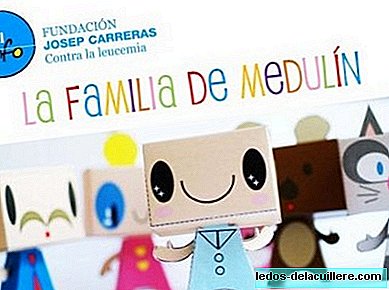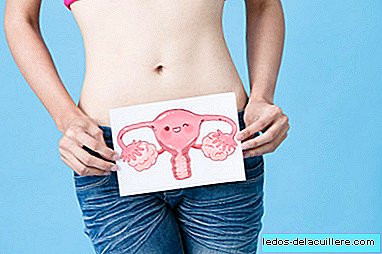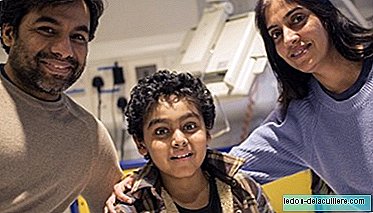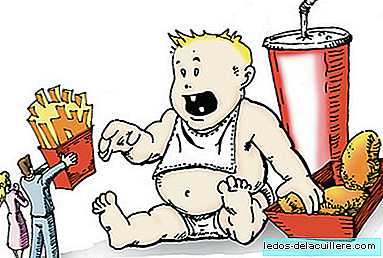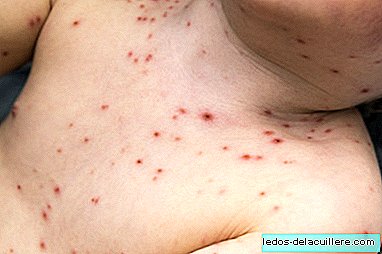
Thanks to the fact that in the present time there are fewer children going hungry, thanks to the hygienic conditions are much better, and thanks to the fact that we have a systematic vaccination subsidized by social security, and that we do not have to pay for vaccines such as measles, it has been achieved end in Spain with the transmission of this virus which, at times, can be very dangerous.
This was ruled by WHO on September 26, as explained by the Spanish Association of Pediatrics, in reporting the achievements in the fight against measles and rubella in Europe.
42 countries have managed to control the virus
This information presented summarized the conclusions that were already drawn in June in the Sixth Meeting of the European Regional Verification Commission for Measles and Rubella Elimination (RVC), which was held in Bucharest, and where it was made public that 79% of the countries in Europe, in total 42, had managed to interrupt the transmission of measles.
Of all of them, 33 had managed to keep the contagion counter at zero for at least 36 successive months, which are necessary to receive the certification of measles-free country. Spain is one of them, being the first time that it obtains it, next to countries like Croatia, Greece, Iceland, Lithuania, Moldova, Montenegro, United Kingdom and Sweden.
On the other hand, 9 countries remain in endemic situation (there is a risk of infection): Belgium, Bosnia-Herzegovina, France, Georgia, Italy, Kazakhstan, Romania, Serbia and Ukraine.
How long will it be like this?

This accreditation will be maintained as long as there are no measles cases originating in the country, and for this it is important that vaccination coverage is still high, since in case they descend the virus could reappear and generate new infections.
In this regard, WHO warns that in recent years global coverage in Europe has fallen from 95% in 2012 to 93% in 2016.
In Spain they have increased
In contrast, the data from Spain speak of an upward trend, being very important to have achieved such accreditation.

As you can see in this graph, the anti-vaccine movements became especially strong in our country in the years 2008-10, and the first dose of the vaccine fell to a coverage below 96%, while the second dose became below of 91%.
By 2013, the percentage of vaccinated children decreased again, and since then they have only increased the percentages until they reach levels close to those we had in 2006: to the first dose of the triple viral vaccine (measles, rubella and mumps) coverage is 96.7%, and to the second dose is 94.7%, the ideal being that in both cases coverage above 95% is achieved.
The reason for the oscillations? I am not an expert, so these conclusions should be taken by scholars in the field, but I am quite convinced that the greater current diffusion of cases of illness and deaths of children worldwide, due to easily controllable diseases such as measles itself, makes many of those who consider or not vaccinate finally decide to do it.
And it is that many are diseases that have not been seen for a long time and we have lost their fear. However, as vaccine coverage declined in many developed countries, cases of relatively serious diseases increased, and with the Internet today everything is known, even if it doesn't happen near home.
Photos | iStock
In Babies and more | Should measles parties not be banned? Anti-vaccine campaigns lead to the largest outbreak of measles in decades in Romania, A Dutch anti-vaccine community suffers from a measles epidemic (again)




